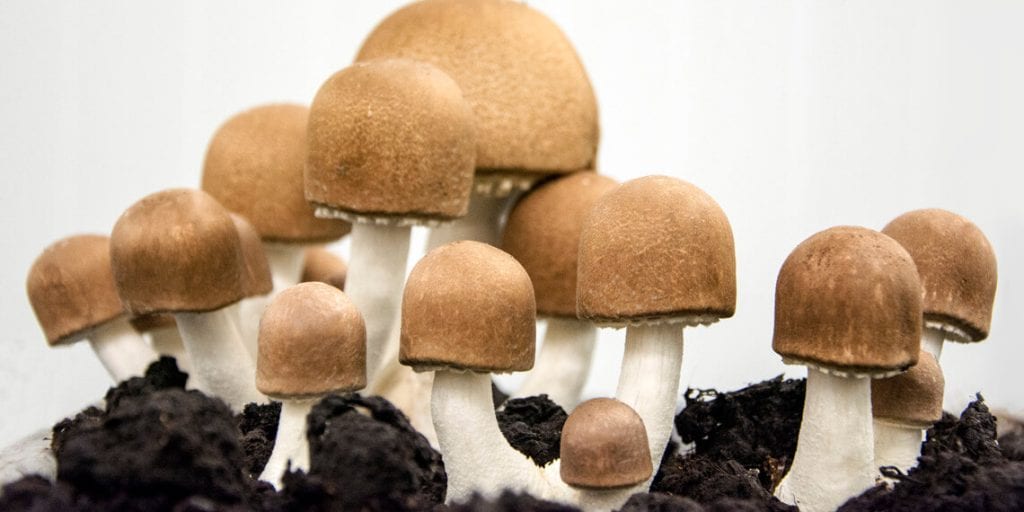Antioxidants, OPC and Q10
Free radicals are now associated with the development of over 50 illnesses:
arteriosclerosis, heart attack, diabetes, rheumatism, allergies, immune weakness, autoimmune disorders, cancer and many others. Free radicals play a decisive role especially in inflammatory and degenerative complaints.
Free radicals have been developing increasingly due to modern living conditions. Environmental pollution, alcohol, smoking (active or passive), certain medicines such as cytostatic drugs or the contraceptive pill, radiation, tumours, physical overexertion, stress, additives in foods and many other factors promote their formation. The consequence is oxidative stress.
The development and effect of free radicals
To gain energy, the organism needs oxygen. As part of these processes, highly reactive and aggressive by-products are formed that are called free radicals. These are tiny particles of chemical compounds that have unpaired electrons. As these strive to acquire an even number of electrons again, they are particularly reactive and snatch individual electrons from other molecules. This leads to oxidation. On the one hand, free radicals form constantly due to quite normal metabolic processes in the body, on the other hand also due to external influences. Some of them can be avoided through a healthy lifestyle, while people are more or less helplessly subject to others.
The free radicals mostly attack vital proteins and fats, but they can also attack the inner cell and our cell membranes. Especially the delicate membranes of human cells react sensitively to such attacks and they can easily be destroyed by them. The cells thus damaged either die off or they change. Over the course of life these defects build up, leading to the development of illnesses or premature aging. Every tissue and every organ in the body can be affected.
The significance of antioxidants
Free radicals only damage the body if they get out of hand and the organism cannot control them anymore. A healthy body has protective mechanisms – so-called antioxidants. By means of these, it can neutralise the reactive substances and thus protect itself against an excess of free radicals. Antioxidants include, for example, enzymes such as superoxide dismutase (SOD), the glutathione system or vitamins. The antioxidants can lose an electron without becoming a free radical themselves. The antioxidants therefore supply the free radicals with electrons and make them harmless. Their aggressiveness is halted and the oxidation of cell structures and protein molecules is prevented. Antioxidants therefore act as protective substances and are radical catchers.
Where do antioxidants occur?
A balanced diet with plenty of fruit, vegetables and mushrooms supplies us with many antioxidants, such as vitamin A, B, C and E, betacarotene, lycopene, anthocyanins and allicin. In addition, with the secondary plant substances (flavonoids) we are also taking in substances that regenerate the radical catchers in our body. The various antioxidants complement and exponentiate each other mutually. If one supplements them, then ideally they are to be taken in the same combination as nature supplies to us. The trace elements – such as zinc, copper and selenium – are of great importance for the activity of certain enzymes involved in antioxidation processes. Scientists at Penn State University have discovered that mushrooms are so rich in antioxidants that they surpass many other foodstuffs.
To put it simply, antioxidants act as protective substances and radical catchers. OPC (oligomeric proanthocyanidines) from the group of flavanols is considered one of the most effective antioxidants of all. Large quantities of OPC are found in grape seeds. This was discovered by the French Prof. Dr. Jack Arthur Masquelier, when he was studying peanuts at the beginning of the 1940s. He found a colourless substance with a strong protective effect on the blood vessels. In 1995, Masquelier was able to prove that the same substance also occurs in the husks and seeds of the grape and that these flavanols are superior to the flavonoids with regard to their vascular protective properties.
OPC has a virtually 100 percent bioavailability, as it can be identified in the blood within seconds of taking it and it spreads around the body. It is water-soluble and reaches its highest concentration in the blood after just 45 minutes. It is fully used up after 72 hours. Like vitamin C, it passes the blood-brain barrier and exerts its effect also in the brain. After just 24 hours, the resistance of the blood vessels doubles. For OPC from grape seeds it must of course be taken into account that the grape seed powder must first be metabolised before the oligomeric proanthocyanidines (OPC) it contains can exert their effect.
A wide range of effects
OPC binds with proteins, especially collagen. It therefore brings about a strengthening of the blood vessels and improves blood circulation. OPC also ensures greater resilience, an improved memory and the slowing of the aging process. In addition, it has a protective effect against caries and inflammations. OPC also strengthens the immune system and regulates histamine release. OPC is therefore a good supplement to medicinal mushrooms.
Due to the special effect of OPC on collagen, it also has a positive influence on the skin complexion and connective tissue. The treatment of hormonal disturbances, mental instability and chronic fatigue can also be effectively supported by antioxidants such as OPC. In addition, a direct antiviral (influenza and herpes viruses) and antibacterial effect as been identified for the oligomeric proanthocyanidines.
OPC and natural vitamin C as an optimal combination
OPC behaves like the CO factor of natural vitamin C: it strengthens its effect and thereby activates collagen production in particular. OPC and natural vitamin C work as a synergy. This means that they support and exponentiate each other mutually in their antioxidant effect. A combined intake of natural vitamin C and OPC is therefore recommended to ensure an optimal effect.
OPC cannot be produced by the human body itself and must be taken in through the diet, as must vitamin C. However, in our diet we only take in on average 3 mg of oligomeric proanthocyanidines per day, while a daily amount of 20 mg per 10 kg of body weight is recommended. According to scientific studies, the antioxidant effect of OPC is even 50 times greater than that of vitamin E.
OPC in combination with natural vitamin C can therefore be used for a wide range of chronic diseases, as well as a prophylactic against later health damage.
OPC keeps you young for longer
Oxidative stress plays a significant role in aging. The combination of OPC and natural vitamin C therefore forms an integral component of physical defence and therefore the lasting maintenance of health. OPC can prevent or delay the start of circulatory problems by supporting the vascular system including the capillary functions. Many neurodegenerative disorders such as Parkinson’s, Alzheimer’s and dementia also go back to chronic burdening through oxidative stress.
Faster recovery after sport
During sport, the formation of free oxygen radicals increases. Antioxidants such as OPC can detoxify the peroxides generated by sport.
Super antioxidant
The ORAC value (Oxygen Radical Absorbance Capacity) is an indication of the antioxidant potential of a food. For values of over 100,000 μmol TE/100 g, experts also speak of “super antioxidants”. The recommendations for the basic daily supply are around 5,000 to 7,000 ORAC units. Ensure therefore when selecting OPC that the whole grapeseed is used as a basic substance, that natural vitamin C was added and that the ORAC value of the OPC is over 100,000 μmol TE/100 g.
Beneficial: combination of OPC and coenzyme Q10
This combination is recommended to strengthen the antioxidant effect of OPC further. In addition, Q10 supports cardiac health and is important for energy generation in the body.
Coenzyme Q10 is a substance similar to a vitamin, which has significant antioxidant strength. It is also important for general health maintenance, as it is valuable for preserving the vitality of tissue and organs. Q10 occurs in all cells of the human body. The highest concentrations are in the heart and liver. Normally the Q10 requirement can be produced by the body itself. With increasing age, with a one-sided diet or if statins are taken, however, the Q10 level in the organism decreases. An additional intake of Q10 is then beneficial.
CHOOSE THE RIGHT PROVIDER
There are many suppliers of mushroom powders. You will find trustworthy manufacturers in Germany with controlled organic cultivation. Click here to find out what is important when buying.





